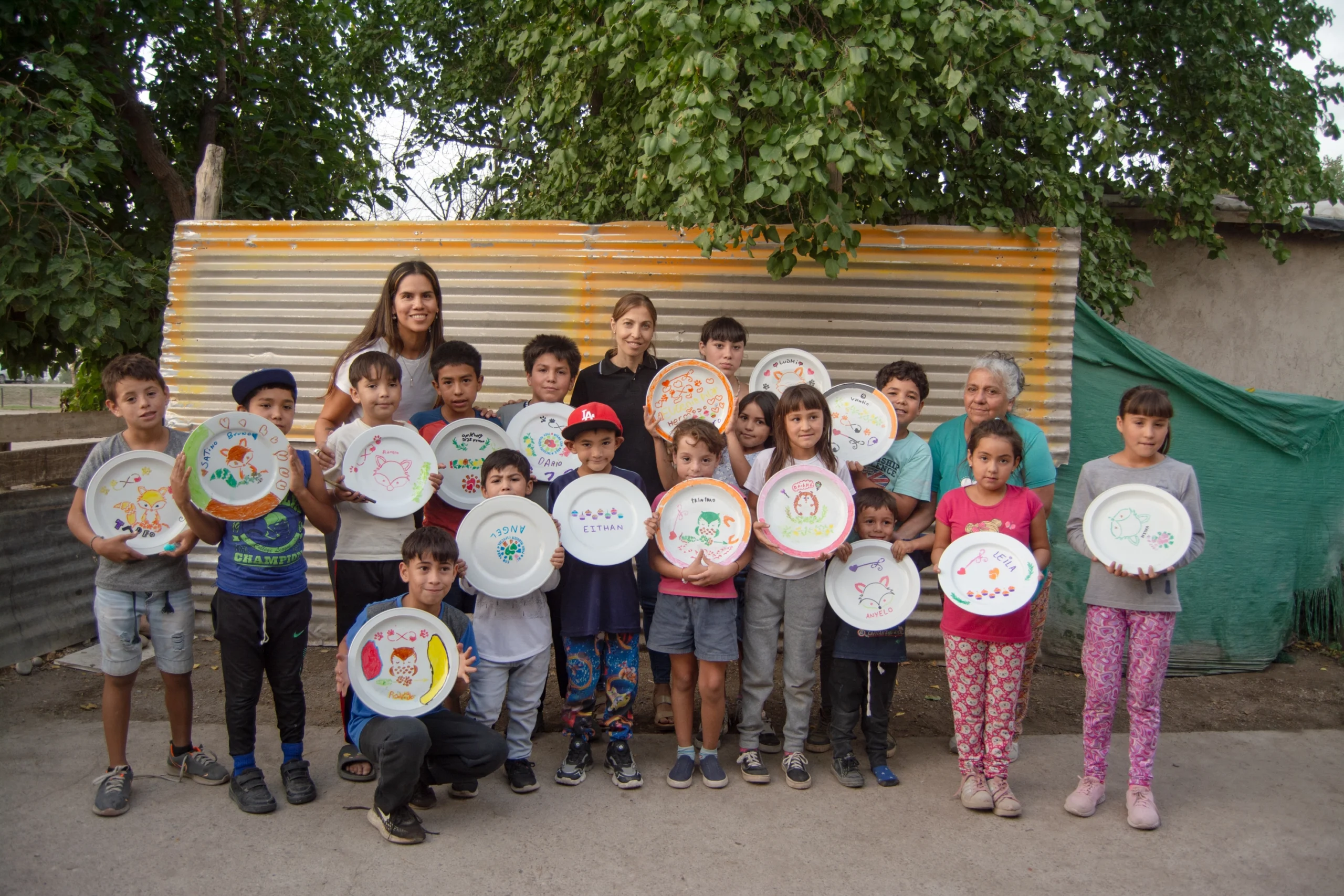Our Animal Health & Education Program begins with a comprehensive veterinary check for every animal treated by our mobile spaying unit. This first point of contact allows for early diagnosis and referral when more complex conditions are suspected. Preventive medicine, such as vaccinations and deworming, helps reduce the spread of infectious diseases.
Additionally, this program forms part of a broader public health strategy. It aligns with existing municipal, provincial, and national health initiatives and contributes valuable data for epidemiological studies that can benefit both animal and human populations.
We place strong emphasis on education, dividing our efforts into two phases: before and after adopting a companion animal. We promote thoughtful decision-making, emphasizing the responsibilities of owning a pet, such as time, resources, and knowledge of animal behavior. After adoption, we provide guidance on healthcare, confinement, identification, and legal compliance. Through sustained outreach and education, we foster a culture of responsible pet ownership that improves the lives of animals and people alike.
Implementation of a program for mass mobile sterilizations.
Given that the growth of canine populations is linked to the decisions and behaviors of the human population, it is important to highlight the benefits of implementing these programs.
.
In animals:
– Slows down the uncontrolled growth of the animal population.
– Reduces undesirable behaviors related to hormonal behavior (fights, territory marking, escapes, etc.).
– Reduces the risks of disease for animals (transmissible venereal tumor, uterine pyometra, mammary tumors, etc.).
In the community:
– Reduces the epidemiological risk of contagion of zoonotic diseases (leptospirosis, brucellosis, parasitosis, rabies, etc.).
– Reduces the incidence of traffic accidents caused by loose dogs on public roads.
– Restricts events of animal aggression and bites.
– Decreases environmental pollution caused by waste bag breakage on public roads.
– Decreases the proliferation of urban pests resulting from environmental pollution from point 4.
In wildlife:
– Reduces predation of domestic animals on wild animals (especially in cats preying on avifauna).
– Decreases the probability of infections and infestations of diseases that can infect and affect populations of wild animals (parasites, distemper, rabies, leptospirosis, etc.).














